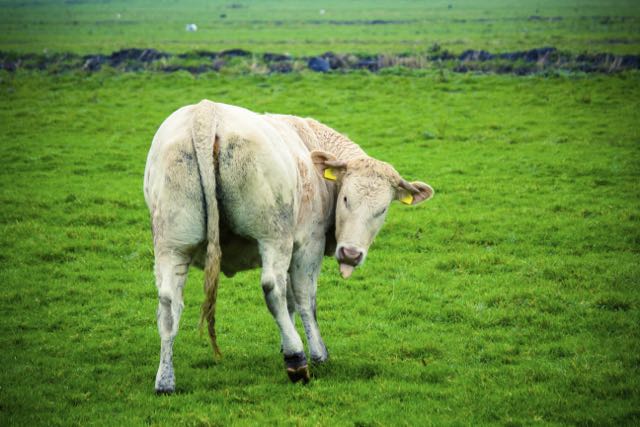A magazine where the digital world meets the real world.
On the web
- Home
- Browse by date
- Browse by topic
- Enter the maze
- Follow our blog
- Follow us on Twitter
- Resources for teachers
- Subscribe
In print
What is cs4fn?
- About us
- Contact us
- Partners
- Privacy and cookies
- Copyright and contributions
- Links to other fun sites
- Complete our questionnaire, give us feedback
Search:
Putting your hand up a cow's bottom
by Jonathan Black, Queen Mary University of London

Simulators are a common way to train when gaining skills that are dangerous or difficult to practice for real. Pilots, for example, do lots of training on flight simulators. Doctors also use simulators to train for surgery, and the simulators are increasingly accurate. They can even make it feel like you're working on the real thing by giving you feedback through your sense of touch: haptics. Practicing sinus surgery and your practice sessions will feel real, for example. Haptics can help not just doctors, but vets training too - and it can help not just in the head but, errr, at the other end too.
Trainee vets have to learn how to feel for animals' organs. In small animals like dogs and cats you can do that just by feeling the outside of their tummies, but in larger animals like cows or horses you have to actually put your hands inside them. That's right, up there. Now the thing is, this is a very difficult thing to learn how to do properly. A teacher can't demonstrate it, because the student can't see what they're doing. Likewise when the student tries it, the teacher can't see to know if they're doing it right. Usually they just rely on describing what they're doing (and how the animal reacts, of course).
Fortunately for teacher, student and especially animal, Sarah Baillie and her colleagues at the Royal Veterinary College invented a simulator called the Haptic Cow. It's a haptic model of a cow's rear end, complete with 'Ouchometer' - a graph that shows whether the student's movements are too gentle to be effective, just right, or too rough to be safe. By using the Haptic Cow, students get an accurate idea of what they'll be doing in their real jobs, the teachers can see better feedback of how well the student's doing, and real cows don't have to worry about being practised on. For doctors, vets and their patients, haptics are helping to make sure that practice doesn't have to mean petrifying.


